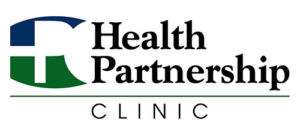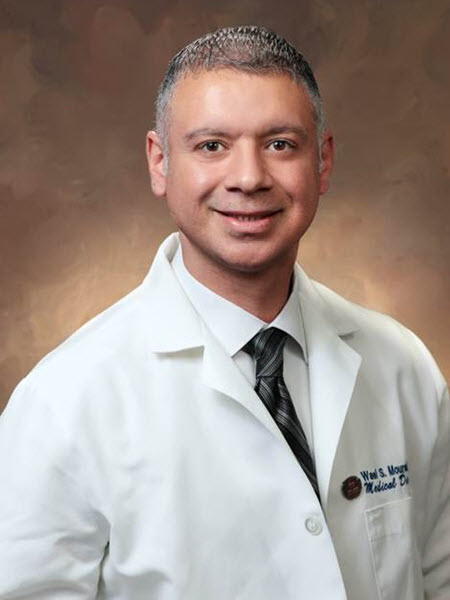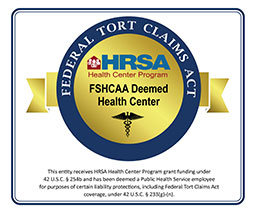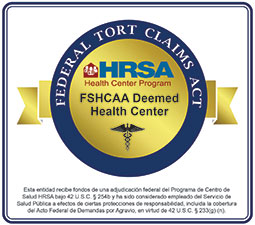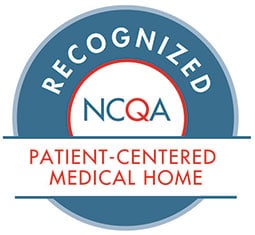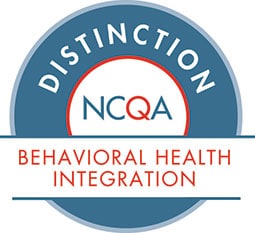Community Based Clinics: It Takes More Than Just a Great Idea
(Editor’s Note: Dr. Mourad’s interest and passion with community-based clinics spurred him to cofound the Medina Clinic in 2009. The clinic is a not-for-profit charitable medical clinic serving the residents of Jackson County and surrounding areas. He currently serves as the volunteer medical director. The clinic is located in Grandview, Mo. and provides affordable primary care and women health services. To learn more, visit https://www.themedinaclinic.org/.)
Post written by Wael S. Mourad, MD, MHCM, FAAFP
Family Physician
Chief Health Officer, Health Partnership Clinic
I attended the Kansas City Medical Society Annual Meeting at the Marriott in Overland Park a few weeks ago. The featured speaker was the current and 20th Surgeon General of the United States, Dr. Jerome Adams.
His speech was broad-ranging and personal. He talked about his family, his colleagues and his home state of Indiana. He recalled instances that called for working directly with local community leaders to address serious public health challenges.
His take-home message was that local community institutions are critical to addressing addiction and chronic disease epidemics that profoundly burden our health care systems.
And he reinforced what we have often heard before: that 80 percent of health outcomes in the United States are determined by social determinants of health.
These social determinants include income, education, employment status and conditions, food insecurity, housing, discrimination and other factors.
In light of this, the concept of community-based clinics has frequently occurred to many of us working in the FQHC space as an ideal solution. Think of it! What if a primary care clinic was actually embedded in a community center, a grocery store, or a church, mosque, or synagogue? Access to care is addressed in that these locations are where our patients may already visit and feel comfortable.
There are ancillary resources in the form of other organizational contacts and peer support that can be galvanized in ways not available to the brick and mortar stand-alone medical clinic. What better way to address the social determinants of health, but to bring care to that patient’s community and society? This idea simply cannot fail!
What I have learned from five experiences in attempting to establish community-based health care delivery services is that while a great idea, just being a great idea is not enough to guarantee or even make likely that the project will be successful.
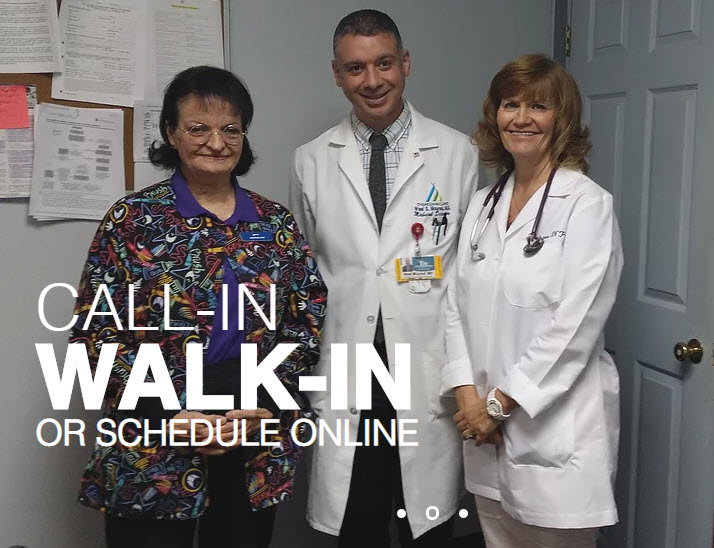 My five experiences over the past 10 years are as follows:
My five experiences over the past 10 years are as follows:
Case #1: Establishing a weekly telehealth service onsite in a women’s homeless shelter in Raytown, Mo. to address refills and referrals. These patients had significant mental health conditions.
- Outcome: Utilization was low and the contract was not renewed.
Case #2: Establishing a full-time primary care clinic staffed by a nurse practitioner within a community action agency in Belton, Mo. This clinic was funded in part by a grant from the Health Forward Foundation.
- Outcome: Volume was not as high as expected and cuts in grant funding resulted in the service being terminated.
Case #3: Working with a large church in Independence, Mo. to establish as telehealth service onsite.
- After accumulating survey data from congregants, church management decided that they were not ready to proceed with implementation.
Case #4: Establishing a weekly telehealth service onsite in a homeless shelter for young men in downtown Kansas City, Mo.
- Outcome: Utilization was strong, however, the contract was not renewed.
Case #5: Establishing on onsite primary care clinic staffed by an Assistant Physician in a large church in downtown Kansas City, Mo. The clinic was part of a larger wellness center project funded by a Health Forward Foundation grant.
- Outcome: Utilization was strong, however, the contract was prematurely terminated with cuts to grant funding.
Looking back and learning from these experiences, I compiled a “checklist” of success factors that must be implemented to ensure the success of a community-based medical service:
- The project must be a high priority for the leadership of the host organization: In cases #2 and #5, when cuts in funding occur, the project will likely be cut as well if it is not a high priority.
- There is a legitimate need: In case #4, the population was that of young men, who do not have a strong need for health care compared with older patients or females.
- Strong marketing: This was an issue in case #5. A strong marketing campaign is needed to ensure growth and volume.
- Minimal competition: This was an issue in cases #2 and #5. Each had a federally qualified health center site just down the road. If this kind of competition is present, the wisdom of a community-based clinic should be reconsidered.
- Provider and clinical staff reflect the community: In case #2, it would have been better if the provider was Hispanic, especially given the competition did not have a Hispanic provider. Also, they will be the primary “champions” of the project and will ensure that things keep moving.
And so, I will be taking this checklist and applying it to yet another attempt at setting up a primary care clinic in a church, this time in Odessa, Mo. These failures do not mean that a community-based clinic is a bad idea after all. Only, that like a lot of things in health care, it takes a lot of learning and more than just a great idea to create a successful clinical service.
